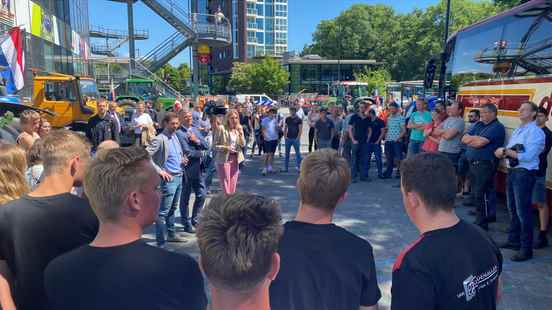Farmer protests and measures over the years
1984: The introduction of the milk quota 38 years ago was one of the first measures that led to farmer protests throughout the Netherlands. Hundreds of farmers drove their tractors to Barneveld in protest.
1989: On March 1, hundreds of farmers moved to The Hague. Some of them broke into the premises of the Social and Economic Council. The farmers wanted reasonable environmental measures and no further price cuts, but the government refused to do so.
1991: The European Nitrates Directive was drawn up to prevent pollution of ground and surface waters by regulating the use of nitrogen in agriculture. This can be seen as the first European standard to reduce nitrogen emissions. This directive is revised every four years by all European member states.
1990 to 2010: mainly smaller protests, for example against manure guidelines and the pig law.
2015: The 1984 milk quota was abolished on April 1 of this year. Farmers soon renamed this day ‘liberation day’. Nevertheless, in September thousands of farmers drove their tractor to Brussels because, in their opinion, meat and milk prices were too low since the abolition of the milk quota.
2019: The Council of State ruled that the nitrogen policy in the Netherlands was not good. That is why the total emissions had to be reduced considerably, to the dissatisfaction of the farmers. In recent years, this has led to various government intentions, such as halving the livestock in 2019, reducing proteins in animal feed in 2020 and most recently the new government nitrogen plans. The peasants protested several times.
